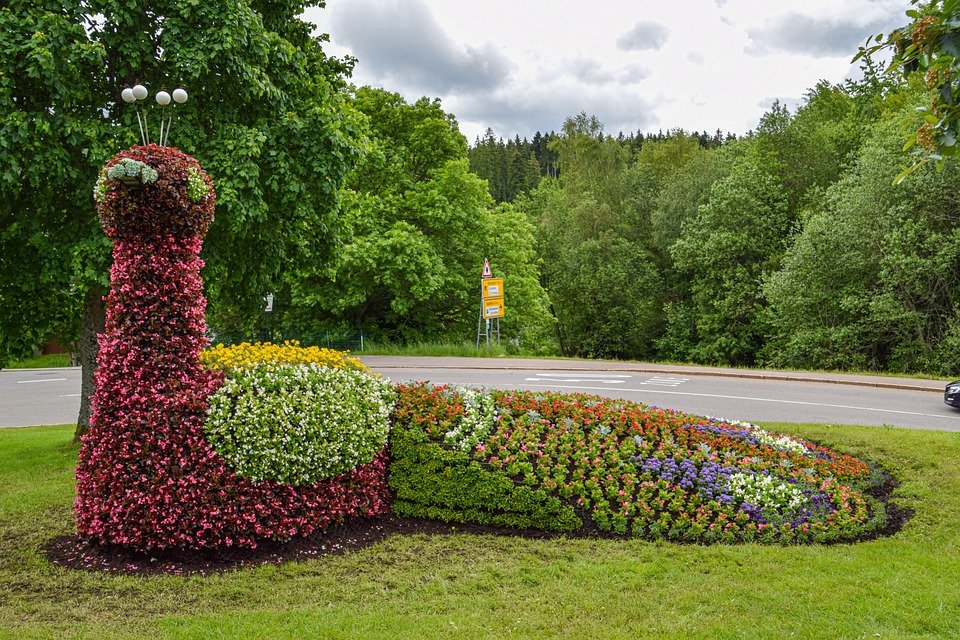Plants are, without a doubt, the cornerstone of the outdoor landscape. One can make landscape compositions in inventive and appealing ways thanks to the variety of plant species and the abundance of cultivars, hybrids, and variants. Outdoor plants are chosen for a landscape for a variety of reasons. They can be used for various purposes in the landscape, like providing a screen, obscuring unwelcome views, or supporting a soil bank. A person may also be drawn to them for their ornamental appeal. Others may be chosen for their capability to adapt to poor soils or because of the ease of subsequent care. Plant selection is a systematic procedure that considers several factors, some of which are listed here.
Appearance
The way the plants look as they grow will heavily influence your decision. Varied plants exhibit different growth patterns; some require support systems and other mechanisms. As certain plants could outgrow your garden, it would be nice if you had a concept of what they look like when fully grown. Make sure you thoroughly examine how the plants will appear at different stages of growth and when they mature. You will make a wise decision by doing so.

Color
Selecting plants with different blooming periods and colors offers interest all year long. In the garden, three standard color schemes are effective.
- Analogous colors: The contrast in the garden is enhanced by hues close to one another on the color wheel.
- Complementary colors: Colors opposite each other on the color wheel intensify each color.
- Monochromatic colors: Colors that are all shades of the same color provide a calming effect.
You should place plants with contrasting bloom seasons and hues together. Some plants may bloom in the early spring or the late fall. The ideal plants for shaded regions are those with warm, bright shades like yellow and white. In sunny locations, all the colors seem good. When deciding where to place a plant, color is more important for many reasons than the bloom. Use plants with intriguing foliage hues to add beauty to the landscape while waiting for flowers to bloom.
Function
The term “function” refers to a plant’s role in a landscape. The precise goals of the planting are addressed by the shade provided by a tree canopy, the filtered screen from hedges, or the erosion management provided by a ground cover. Plants perform three key tasks in a landscape: architectural, engineering, and environmental. Whether used alone or collectively, plants provide the basis of the landscape and support your active or passive uses for your outdoor space. You can compare the creation of your landscape to the creation of the rooms in your homes, where each space is formed for a specific purpose and furnished properly.
Location
The placement of the plant is crucial when deciding what kind to use in your landscaping. The front lawn and backyard garden may not have the same species of plants. To improve curb appeal, you might need shorter, more appealing plants at the front. Consider planting low-maintenance plants in your backyard. Make sure your decisions are balanced with your household’s and neighbors’ daily routines.

Soil type and climate
Various plants need different types of climates and soil. Make sure the plants you select can survive in the topography and environment where you are. Choose plants that don’t require as much upkeep, such as watering or supplementary fertilizers, as these could raise your overall costs. When selecting a plant, research extensively to learn about its soil requirements and preferred climate. Some demand moist environments, while others need milder temps.
It’s possible to improve your landscape in countless ways. Create a list of your preferred flowers and Outdoor plants, and gradually add more plants to the list as you gain a sense of your outside space. A great method to gain inspiration is to take walks in your neighborhood.






